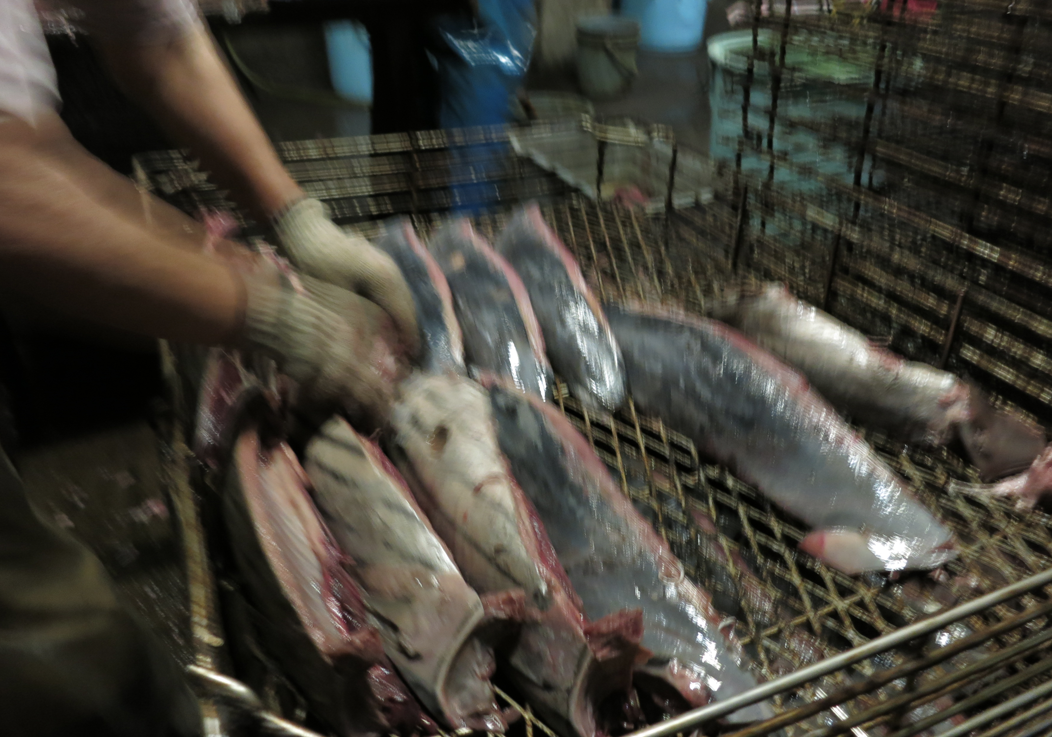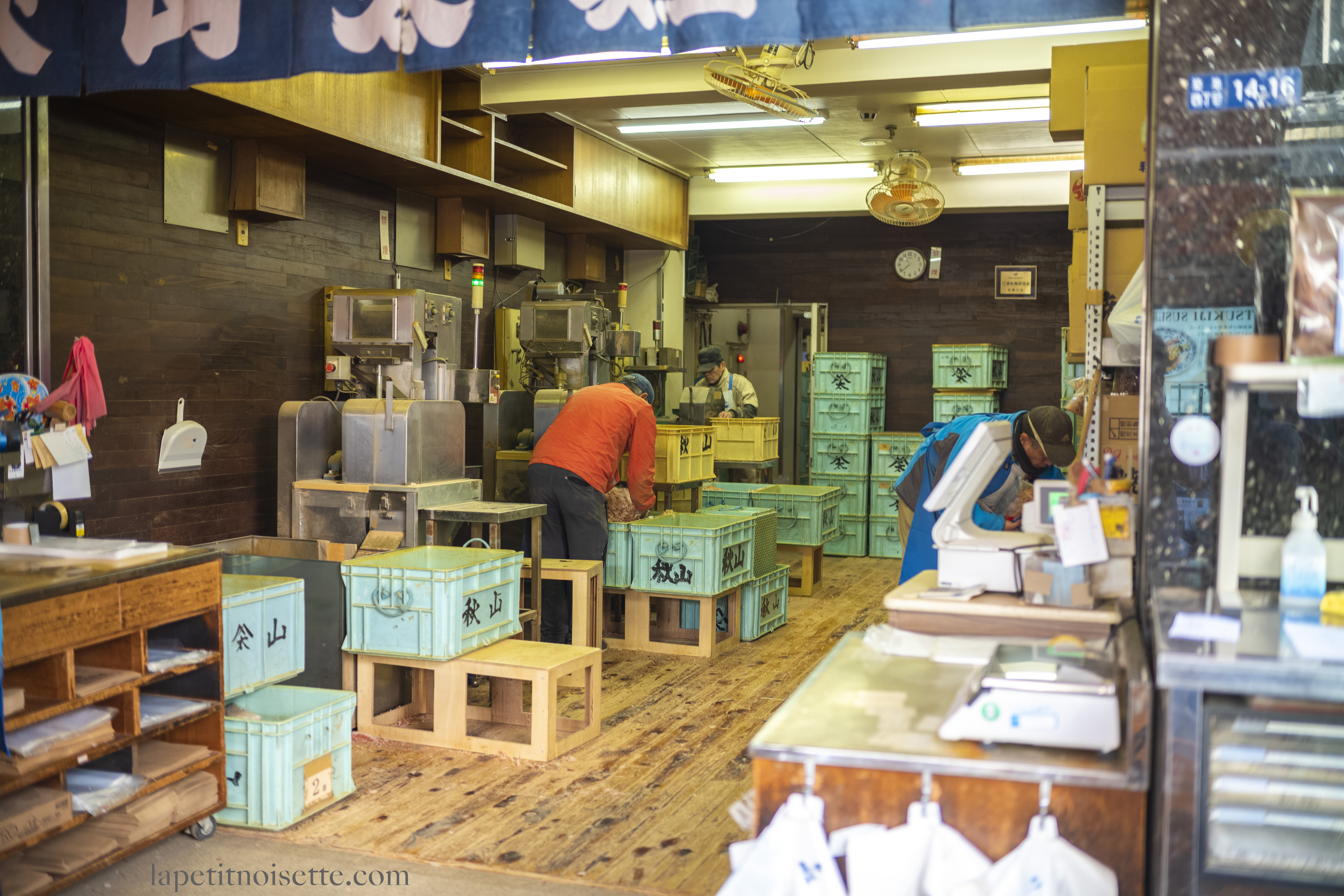Discover Pandipedia
Pandipedia is the world's first encyclopaedia of machine generated content approved by humans. You can contribute by simply searching and clicking/tapping on "Add To Pandipedia" in the answer you like. Learn More
Expand the world's knowledge as you search and help others. Go you!
Let's look at alternatives:
- Modify the query.
- Start a new thread.
- Remove sources (if manually added).
- Request a manual search from our human research team.

Film festivals have long been recognized as pivotal events in the cinematic landscape, serving a multitude of roles that extend beyond mere showcases for films. They are essential platforms that influence the trajectory of the film industry by supporting independent filmmakers, fostering networking opportunities, and enriching the cultural fabric of cinema.
Career Development and Exposure
One of the primary functions of film festivals is to provide independent filmmakers with a unique platform to present their work to a broader audience. This exposure is crucial not only for artistic recognition but also for career advancement. As highlighted by one source, film festivals 'serve as a platform where indie filmmakers can present their work to a broader audience, offering a golden opportunity for promotion and gaining recognition'[7]. Participation can lead to significant opportunities, such as distribution deals that propel indie films to mainstream visibility.
The festivals also cultivate an environment ripe for networking, where filmmakers, producers, distributors, and industry critics come together. This networking fosters collaborations and can lead to the development of relationships that significantly propel careers forward. Indeed, the presence of 'critics and industry professionals' at these festivals can lead to evaluations and reviews that play a crucial role in a film’s success[7].
Distribution Opportunities
Cultural Impact and Diverse Narratives

Beyond individual careers, film festivals enrich the cultural landscape by highlighting diverse and underrepresented voices in cinema. They often showcase films that might not receive attention in mainstream channels, thereby contributing to a broader understanding of different perspectives and narratives. Festivals like the Toronto International Film Festival (TIFF) are especially noted for their commitment to diversity and the eclectic selection of films from various cultures[4].
The role of film festivals goes beyond just showcasing new films; they engage audiences in meaningful ways, educating them about different cultures and social issues. This engagement often includes Q&A sessions with filmmakers, workshops, and panel discussions that provide insights into the filmmaking process and the significance of the themes explored in the films[4][7].
Educational Resources and Industry Validation

Film festivals also serve as valuable educational platforms. They frequently host workshops and masterclasses that cover various aspects of film production, from screenwriting to cinematography, contributing to filmmakers' overall development. These sessions offer emerging talents the chance to learn from industry veterans, gaining insights that can guide their creative processes[3][7].
Moreover, winning an award at a film festival often adds a significant layer of credibility to a filmmaker’s portfolio. Recognition through awards can lead to further opportunities and help filmmakers solidify their status within the industry. As stated, 'Awards and accolades earned at festivals add credibility and prestige to a filmmaker’s portfolio, enhancing their reputation and attracting attention from industry professionals'[3].
Challenges Faced by Festivals
Despite their benefits, film festivals are not without challenges. Entry fees, travel expenses, and the sheer competitiveness of festival selections can be prohibitive for many independent filmmakers. Additionally, the reputation of major festivals sometimes creates barriers for emerging filmmakers, as the industry occasionally seems to favor established names over new voices[4].
There is also criticism regarding the increasing corporatization of some festivals. While major festivals have immense influence, there are concerns that they may prioritize commercial interests over genuine artistic expression, potentially overlooking meaningful indie projects[1].
The Evolution of Film Festivals
The evolution of film festivals has been notable, especially with the rise of digital platforms and the impacts of the COVID-19 pandemic. Many festivals have adapted by offering virtual screenings and hybrid models that make the events more accessible to a global audience. This shift indicates a continuing trend towards inclusivity and engagement within the festival circuit, even amid rising operational challenges[3][7].
Conclusion
Film festivals substantially influence cinema by providing essential platforms for exposure, networking, and artistic validation. They celebrate diverse voices and narratives, connect independent filmmakers with distributors, and enhance the educational opportunities available within the industry. Despite facing challenges, the enduring significance of film festivals underscores their role as influential forces in the evolution and future of cinema. By embracing the myriad opportunities that festivals offer, independent filmmakers can find pathways to success while enriching the film industry's cultural tapestry.
Let's look at alternatives:
- Modify the query.
- Start a new thread.
- Remove sources (if manually added).
- Request a manual search from our human research team.
Get more accurate answers with Super Search, upload files, personalised discovery feed, save searches and contribute to the PandiPedia.

Deserts form primarily due to low precipitation and specific geographical conditions. Most deserts receive less than 10 inches (250 mm) of precipitation yearly and are often located on the western sides of continents or far from coastlines. The formation process includes the 'rain shadow' effect, where mountain ranges block moist air from reaching certain areas, resulting in arid landscapes such as the Mojave and Gobi deserts[1][2][3].
Additionally, subtropical deserts arise from the descent of dry air masses that lose moisture while rising near the equator. This descending air warms and creates conditions unfavorable for cloud formation, contributing to the dry climate of deserts like the Sahara[4][6].
Let's look at alternatives:
- Modify the query.
- Start a new thread.
- Remove sources (if manually added).
- Request a manual search from our human research team.
Success for Google involves several key factors. It aims to build a reputation for effectively answering all queries without providing null or useless responses, while also increasing overall internet activity and search usage[1]. Additionally, securing Google access on devices—establishing Google as the default or exclusive search option—is critical. This includes enforcing restrictions on third-party search and ensuring timely security updates, especially in strategically important regions[2].
Moreover, Google sees success as licensing data effectively and continuing to lead in the market by being perceived as the better option by users, particularly in relation to competitors like Apple[3].
Let's look at alternatives:
- Modify the query.
- Start a new thread.
- Remove sources (if manually added).
- Request a manual search from our human research team.
Let's look at alternatives:
- Modify the query.
- Start a new thread.
- Remove sources (if manually added).
- Request a manual search from our human research team.
Pre-Trip Planning and Preparation

Effective time management, productivity, and preparation are key to balancing travel and work[9]. Seasoned business travelers understand how crucial time management is[11]. Prioritize tasks and plan your schedule carefully before your business trip to allow time to relax and make the most of it[3]. Having a clear, well-prepared itinerary helps identify priorities and plan for possible delays[3]. You should also consider potential challenges and have backup plans[10]. It is essential to know what you need to achieve, then you can better allocate your time[6]. Make sure you have a clear agenda, budget, and itinerary[5]. Communicating your expectations and availability to your team, clients, and family is important, and you should delegate tasks that others can do[5]. Also, pack efficiently with only essential items[1][3].
Communication Strategies During Travel
Staying connected with your team while on the road is essential for productivity, collaboration, and well-being[8]. Choose the means of communication, such as email, instant messaging, video conferencing, chat, or project management software[8]. Make sure you have reliable and secure access to these tools and that you and your team agree on how and when to use them[8]. Communicate your travel schedule, time zone, and working hours to your team, and respect theirs as well[5]. You can use team collaboration software, such as Trello, Asana, or Monday.com, to stay in constant touch with team members[7]. Tools like Slack and Microsoft Teams offer instantaneous messaging as well as quick updates[7]. You can keep everyone informed of your schedule, which includes the dates, will increase openness and allow for the management of expectations[7].
Time Management and Productivity
.jpg&w=3840&q=90)
Effective time management is very important, so use apps that help with everything, from navigating to managing tasks[6]. It is also important to start each day identifying high-priority tasks to meet deadlines[4]. Plan the tasks that need to be completed while on the plane, in a hotel lobby, or during your meeting waiting time[6]. Set clear boundaries during your trip to maintain focus[6]. Set up a dedicated space for work to separate it from leisure[5]. Also, limit the number of work hours per day[5]. To enhance productivity, remember to schedule breaks to recharge and avoid burnout[5].
Maintaining Work-Life Balance and Well-being
Maintaining well-being is another key strategy to balance travel and work effectively, as this supports mental health, boosts productivity, and ensures long-term well-being[4]. Plan some you time; whether that's a workout at the hotel gym, a walk around the city you are visiting, or some relaxing time reading[5]. Remember, what gets scheduled is what gets done[5]! Plan planned team meetings per usual[3]. You need to stay connected with the people who matter to you[5]. Use technology to keep in touch with your family and friends and share your experiences and feelings with them[5]. Get creative relay different ideas to each member, take time to speak with each individual, and take away one thing from each person[3]. Ensure you are aware of the time zone differences involved and factor these in when planning your schedule[3]. Poor time zone management can leave you tired and stressed out[3].
Post-Travel Review and Adjustment
When you return from your travel, review promptly and give feedbacks to help improve their task quality[1]. It is very important to review as promptly as possible and give feedbacks to help improve their task quality and also reduce your own micromanaging[5]. Review the tasks and deliverables completed during your travel, and ensure nothing was overlooked[1]. You should ask for feedback on the communication process while you were away and discuss what worked, what didn’t, and why[5]. Make sure to show appreciation for your team’s efforts and acknowledge their contributions and cooperation[5].
Leveraging Flexible Work Arrangements
Consider alternative work schedules for those who can’t work within the regular Monday to Friday, five day workweek[2]. They desire flexibility above all else in their schedules and can take up an alternate work schedule through the second shift, night shift, or by working on weekends[2]. The 4-day workweek condenses the traditional 40-hour, 5-day workweek into four days without reducing pay[2]. This arrangement can boost productivity, reduce burnout, and improve work-life balance[2]. Many companies are adopting the concept of part time work, where the job is delegated to team members who work for fewer days or hours than their full-time colleagues[2]. In addition to a part time schedule, advocate partial retirement or phased retirement for older employees, which cuts short their full-time work and allows them to work from home[2].
Let's look at alternatives:
- Modify the query.
- Start a new thread.
- Remove sources (if manually added).
- Request a manual search from our human research team.
Get more accurate answers with Super Search, upload files, personalised discovery feed, save searches and contribute to the PandiPedia.
The Art of Katsuobushi Production

Katsuobushi, a staple ingredient in Japanese cuisine, is made from skipjack tuna, commonly referred to as bonito. The intricate process of creating katsuobushi involves several meticulous steps that can take anywhere from four months to six months to complete. This report outlines the key stages involved in the traditional production of katsuobushi, combining insights from various sources.
Preparation of the Fish

The production begins with high-quality skipjack tuna, which is subjected to a thorough initial examination. The fish are typically flash-frozen on fishing boats to preserve freshness, with freezing temperatures reaching as low as -50 °C. Upon arrival at processing facilities, the fish are beheaded, gutted, and filleted. The filleting process yields four pieces from each fish – two back fillets and two belly fillets. These are then cleaned with water before moving on to the next step[1][3][5].
Simmering

Once filleted, the fish is arranged in metal baskets and immersed in hot water just below boiling (around 75 to 98 °C) for a period of 60 to 90 minutes. This simmering process serves multiple purposes: it firms up the flesh, enhances the umami flavor by eliminating any fishy odor, and makes it easier to remove small bones afterward. After simmering, any remaining bones and part of the skin are removed by hand to ensure a clean, high-quality product[5][8][12].
Smoking

The next phase involves a significant smoking process, which is crucial for flavor and preservation. Traditionally, the fillets are smoked using various types of wood, including oak, pasania, or castanopsis. The smoking is performed in stages; the fish may spend days in smoking rooms, with each session lasting from five to six hours, followed by resting periods of one day. This cycle is repeated 12 to 15 times. Each round of smoking further enhances the flavor and dryness of the fish, resulting in a product known as Arabushi[3][8][12][16].
Mending and Shaping

After smoking, any imperfections or cracks in the fillets are repaired using a paste made from boiled and raw fish flesh. This not only improves the aesthetic quality of the fillets but also facilitates the even drying of the fish. The mended fillets are then subjected to further smoking, which may occur alongside the previous processes, enhancing both texture and flavor[1][5][9].
Drying and Fermentation

Following the smoking phases, the fillets undergo sun-drying for a short duration to help develop the mold growth needed in later processes. These fillets, after initial drying, are sprayed with a specific mold (Aspergillus glaucus) to commence fermentation. This stage can last from two to six weeks, wherein the mold breaks down residual moisture and imparts unique flavors. The fillets undergo a drying cycle that is repeated multiple times – between three to six cycles – during which scraping and additional sun-drying are carried out[7][11][12].
After approximately four months of this extensive process, the end product is identified as Honkarebushi, the true form of katsuobushi, characterized by extremely low moisture content (typically 12 to 15%) and a hardness akin to that of wood[1][5][6][8]. The meticulous drying and fermentation results in the preservation of umami and enhances the flavor profile that is essential in Japanese cooking.
Final Processing: Shaving

Once fully dried and cured, the katsuobushi is shaved into thin flakes, which are known as kezurikatsuo. This process may vary based on customer preference regarding the thickness of the shavings. The shaved product is primarily used for preparing dashi (a flavorful stock), enhancing a range of dishes within Japanese cuisine[2][6][8].
Conclusion

The preparation of katsuobushi embodies a blend of tradition, skill, and labor-intensive practices that have been refined over centuries. The resulting product not only plays a vital role in enhancing the flavors of various dishes but also represents an important aspect of Japan's culinary heritage. By investing time and care into its production, katsuobushi continues to be a unique and valued ingredient in Japanese cuisine, celebrated for its umami-rich characteristics and historical significance.
Let's look at alternatives:
- Modify the query.
- Start a new thread.
- Remove sources (if manually added).
- Request a manual search from our human research team.

ASMR, or Autonomous Sensory Meridian Response, is described as a tingling sensation that typically begins on the scalp and moves down the back of the neck and upper spine. It is a pleasant form of paresthesia characterized by 'low-grade euphoria' and a 'static-like tingling sensation on the skin,' often triggered by specific auditory stimuli, though it can also arise from intentional attention control. The experience is generally non-sexual and has been differentiated from sexual arousal, despite some content being created specifically for this purpose, termed 'ASMRotica'[1]. ASMR can be elicited by various triggers, including soft speaking, tapping sounds, and receiving personal attention, and is often used as a mechanism for relaxation and stress relief.
Let's look at alternatives:
- Modify the query.
- Start a new thread.
- Remove sources (if manually added).
- Request a manual search from our human research team.
Let's look at alternatives:
- Modify the query.
- Start a new thread.
- Remove sources (if manually added).
- Request a manual search from our human research team.

Global cryptocurrency regulations are rapidly evolving, with trends focusing on increased oversight and consumer protection. Significant developments include the European Union's Markets in Crypto-Assets Regulation (MiCA), which aims to provide a comprehensive framework for crypto-assets, enhancing legal clarity and investor protection across member states[1][6]. In the U.S., regulatory clarity remains fragmented but is urgently needed as authorities like the SEC and CFTC grapple with how to classify cryptocurrencies[4][5].
Countries are also emphasizing international cooperation to establish unified standards, addressing risks like money laundering and ensuring transparency[2][5]. This collaborative approach reflects a growing acknowledgment that effective regulation is essential for fostering innovation while securing financial stability in the crypto market[3][6].
Let's look at alternatives:
- Modify the query.
- Start a new thread.
- Remove sources (if manually added).
- Request a manual search from our human research team.


.png&w=3840&q=90)